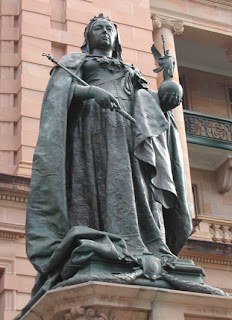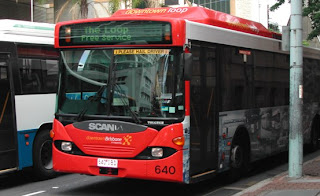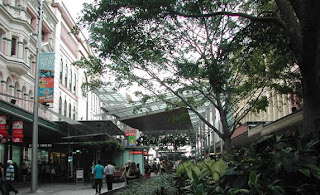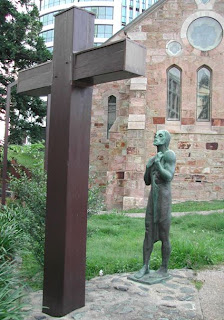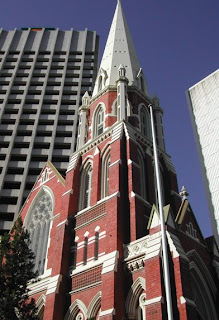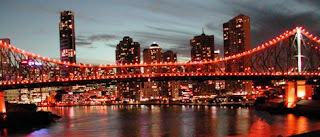
The Cathedral of St Stephen is part of the Catholic Archdiocese of Brisbane. In addition to the Cathedral, the site bounded by Elizabeth, Charlotte and Edward Streets contains numerous buildings that support the Archdiocese. The cathedral was built between 1864 and 1922 in 19th century neo-Gothic style, with extensions made in 1989. Bishop Quinn, the first bishop of the diocese, laid the foundation stone of the cathedral on the feast of St Stephen, 26 December 1863.
 The Cathedral is part of the history of Brisbane, and is registered as one of the city's heritage sites. There are a number of significant artworks within the Cathedral. The sculptures were commissioned from Brisbane artist, John Elliott. The Carrara marble baptismal font and sculpture is by Melbourne artist, Peter Schipperheyn, as are the Cathedra (Bishop's Chair), Ambo and Altar. The fine collection of nineteenth century stained glass came from Germany, France, Ireland and England. There are also aboriginal paintings, which recognise the search for God by Indigenous Australians, over 40 000 years before white settlement. Daily tours are available at 10.30am Monday to Friday, and after masses each Sunday.
The Cathedral is part of the history of Brisbane, and is registered as one of the city's heritage sites. There are a number of significant artworks within the Cathedral. The sculptures were commissioned from Brisbane artist, John Elliott. The Carrara marble baptismal font and sculpture is by Melbourne artist, Peter Schipperheyn, as are the Cathedra (Bishop's Chair), Ambo and Altar. The fine collection of nineteenth century stained glass came from Germany, France, Ireland and England. There are also aboriginal paintings, which recognise the search for God by Indigenous Australians, over 40 000 years before white settlement. Daily tours are available at 10.30am Monday to Friday, and after masses each Sunday.As I've said before, I'm not a very religious person, however in looking at architecture and buildings around Brisbane some of the most spectacular is related to the Church. I hadn't been inside a church for a long while, and I was awestruck by the magnificence of the insides of the chapel. The stained glass windows, the Christ sculpture and the organ literally take your breath away. I was fortunate in that the cathedral was mostly empty, so I was able to saviour the delights largely by myself.
Cheers, I Love Brisbane, Wes.
Click Here for the Google Map Reference for this post.












